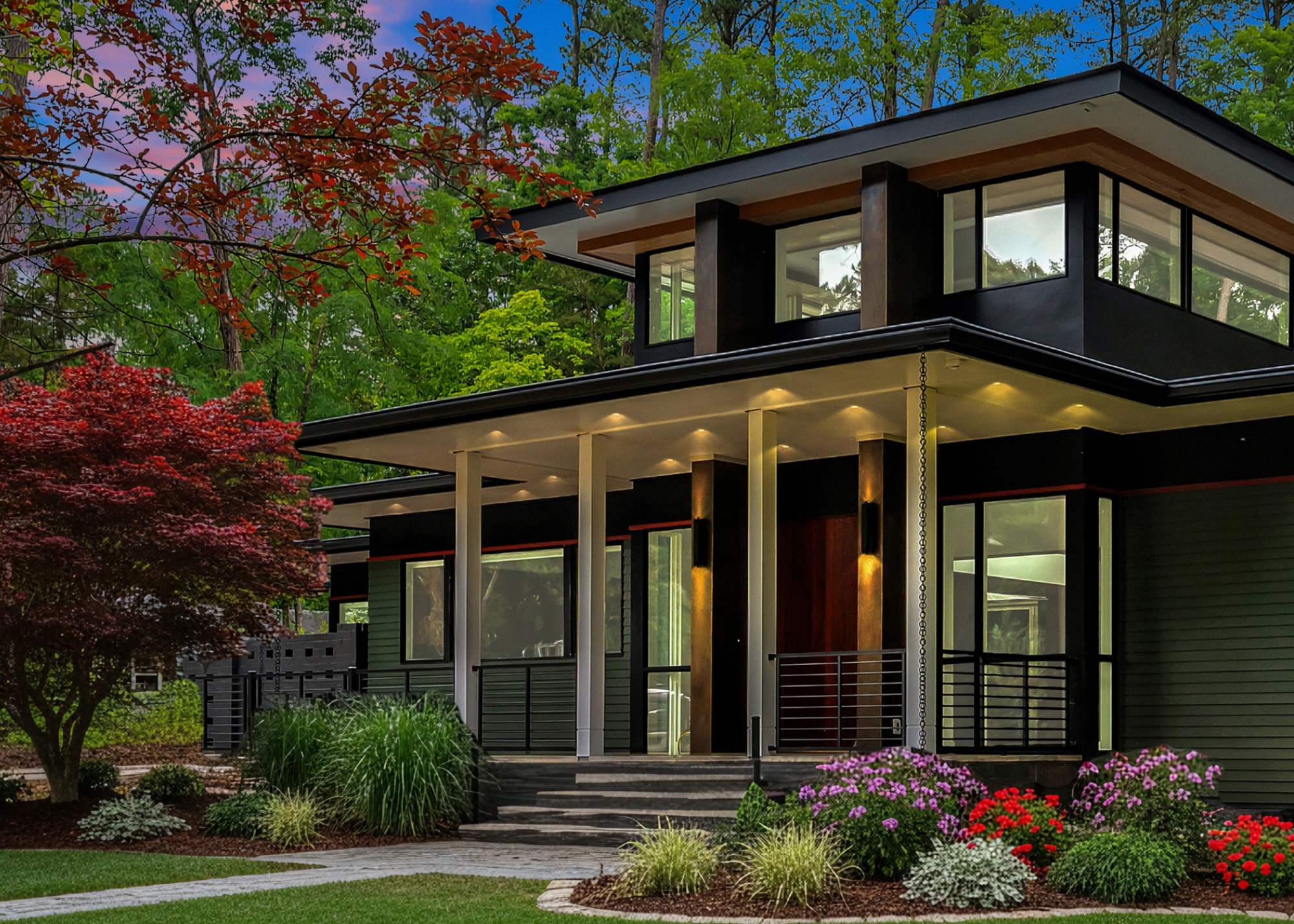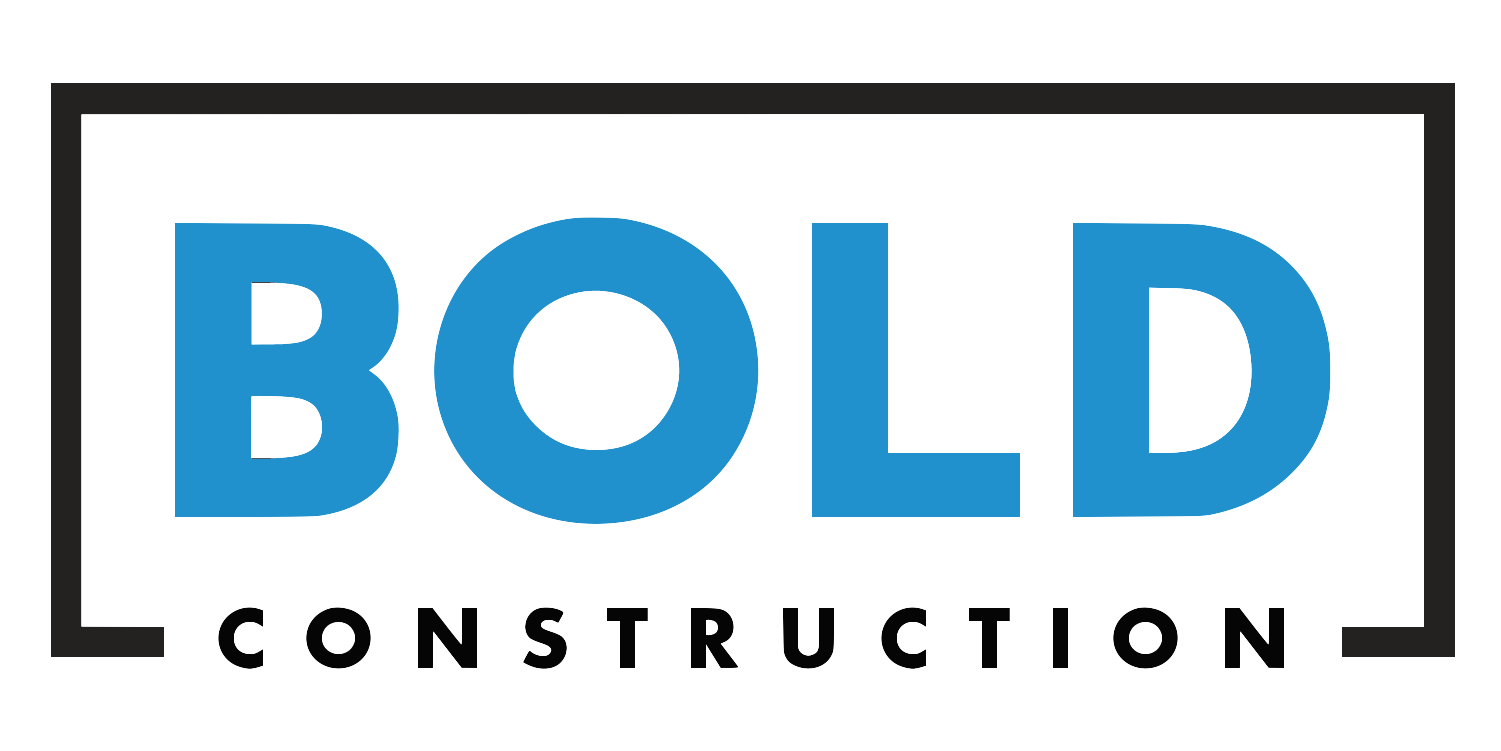
If you’re hoping to be living in a new custom home in Chapel Hill, Pittsboro, or Hillsborough, North Carolina by 2027, a natural next question is:
“So when do we actually need to start?”
Across the luxury market, most custom homes take 18–24 months from first contact to move-in, with 10–16 months of that being the construction of the home.
BOLD’s process is very much in line with that. The difference is that we spell it out clearly and give you a phase-by-phase roadmap so you can see how a 2026 start typically lines up with a 2027 move-in.
Below is a realistic timeline you can plan around.
Big Picture: How a 2026 – 2027 Build Would Usually Line Up
For a custom home in the 3,500–6,000 sq ft range, here’s how the phases typically stack up:
- Phase 1 – Land Search & Due Diligence: 1-2 months
- Phase 2 – Architecture & Preconstruction: 2-4 months
- Phase 3 – Construction Plans & Permitting: 2-3 months
- Phase 4 – Construction: 10–16 months, depending on size and complexity
Add those together, and you’re in that 18–24 month window from first step to move-in.
The timeline below assumes you begin in 2026 and want to be living in the home sometime in 2027. The total duration stays the same; only the calendar shifts based on when you choose to start.
Phase 1: Land Search & Due Diligence
Timeframe: 1-2 months
When this would take place for a 2027 move-in: Early 2026
Some clients come to us with land already purchased. Others want guidance on where to look and what to avoid. Either way, this first phase is about making sure the site and vision are aligned.
What typically happens:
- Survey, topography, and preliminary site plan
- Septic evaluation if applicable
- Utility availability and driveway layout
- Early conversations about grading, stormwater, and tree preservation
- Fit check between your goals (size, style, budget) and what the site will support
The outcome of this phase is confidence: you know where you’re building and that the land can support the home you have in mind.
Phase 2: Architecture & Preconstruction
Timeframe: 2-4 months
This is the heart of the planning process, and where luxury builders, including BOLD, invest a lot of time to get things right up front.
Key milestones typically include:
- Schematic design and budget checks
- Big-picture layout, room relationships, and overall square footage
- Early pricing feedback so design and budget stay aligned
- Design development and engineering
- Exterior architecture, rooflines, window placements, and elevations
- Structural engineering and coordination with the site plan
- Selections road-mapping and allowance planning
- Identifying high-impact areas (kitchen, primary bath, windows, flooring)
- Setting realistic allowances for the level of finish you expect
- Final pricing and contract
- Detailed specifications and inclusions
- Fixed-price contract so your total build cost is clarified before construction
By the end of this phase, you have a fully thought-through design and a clear, fixed price for your home, which is exactly what most discerning clients want before moving into permits and scheduling.
Phase 3: Construction Plans & Permitting
Timeframe: 2-3 months
With plans and pricing in place, we move into construction plans & permitting.
This phase usually includes:
- Building permit package
- Final plans, engineering, energy code compliance, and site/stormwater details
- HOA/ARB approvals, if required
- Especially important in neighborhoods like Governors Club, Stonecrest, Maida Vale, and other design-reviewed areas
- Trade scheduling, procurement, and site logistics
- Slotting your home into our build schedule
- Ordering long-lead items
- Planning access, staging areas, and site protection
Much of this work is happening behind the scenes, but it’s a critical bridge between planning and construction.
Phase 4: Construction
Timeframe: Depends on size & complexity
For planning purposes, we recommend:
- 3,500–4,500 sq ft: 10–12 months
- 4,500–6,000 sq ft: 12–14 months
- 6,000–10,000 sq ft: 14–16 months
Luxury custom homes everywhere tend to fall into this 10–16 month construction window, with larger or more intricate homes trending toward the longer side.
During construction, you can expect your home to move through familiar stages:
- Sitework, foundation, and framing
- Roofing, windows, and exterior finishes
- Rough-in mechanicals (HVAC, electrical, plumbing)
- Insulation, drywall, trim, cabinets, and tile
- Fixtures, flooring, and final finishes
- Inspections, punch list, and orientation
Common Causes of Delay, and How to Stay on Track
Even with a strong team and a clear plan, there are factors that can affect timing. High-end builders see the same patterns over and over, and we design our process to help you navigate them smoothly.
Here are the big ones:
- Late selections
Critical-path items like windows, exterior doors, plumbing fixtures, appliances, and certain tiles can have longer lead times.
How BOLD helps:
We road-map selections early and use BuilderTrend to keep deadlines visible so you always know which decisions are coming up.
- Design changes after framing
Changing layouts once framing is complete (moving walls, stairs, or major openings) can ripple through schedule and budget.
How to prevent it:
Use the architecture & preconstruction phase to fully resolve layouts so what’s framed is what you truly want to live in.
- Permit clarifications
If a permit package is incomplete or inconsistent (structure vs. site vs. stormwater), it can stall in review.
How we approach it:
We submit a coordinated package with structure, site, and stormwater aligned to minimize back-and-forth.
- Weather
Central North Carolina weather is generally favorable, but periods of heavy rain or freeze/thaw cycles can slow sitework and exterior work.
What matters most:
Realistic expectations and staging plans built around seasonal patterns, not wishful thinking.
What Communication Should Look Like
No matter where you build, one thing is consistent among reputable luxury builders: clear communication is non-negotiable.
With BOLD, you can expect:
- Weekly updates with photos, schedule look-ahead, and decisions needed
- All selections, documents, and messages organized inside BuilderTrend
- Transparent schedule milestones so you understand where the project stands and what’s coming next
You’re never left wondering “What’s happening?” – you have a single source of truth throughout the build.
Final Inspections & Move-In (Your 2027 Milestone)
As construction wraps up, we move into:
- Punch list completion
- Final clean and orientation – walking you through systems, maintenance, and features
- Close-out documents and warranties
- Move-in coordination with your move date and any overlap with your current home
By this point, you’re not just stepping into a finished structure; you’re stepping into a home that’s been intentionally planned, designed, and built over the course of 2026–2027 to fit the way you want to live.
So When Should You Start?
If your goal is to be living in your custom home sometime in 2027, most families would begin:
- Land search and due diligence: Early 2026
- Home Construction: Mid to Late 2026
Ready to Explore a 2026 Start?
Whether you already own land or are just beginning to dream about Chapel Hill, Pittsboro, or Hillsborough, we can help you map out what your timeline would look like.
